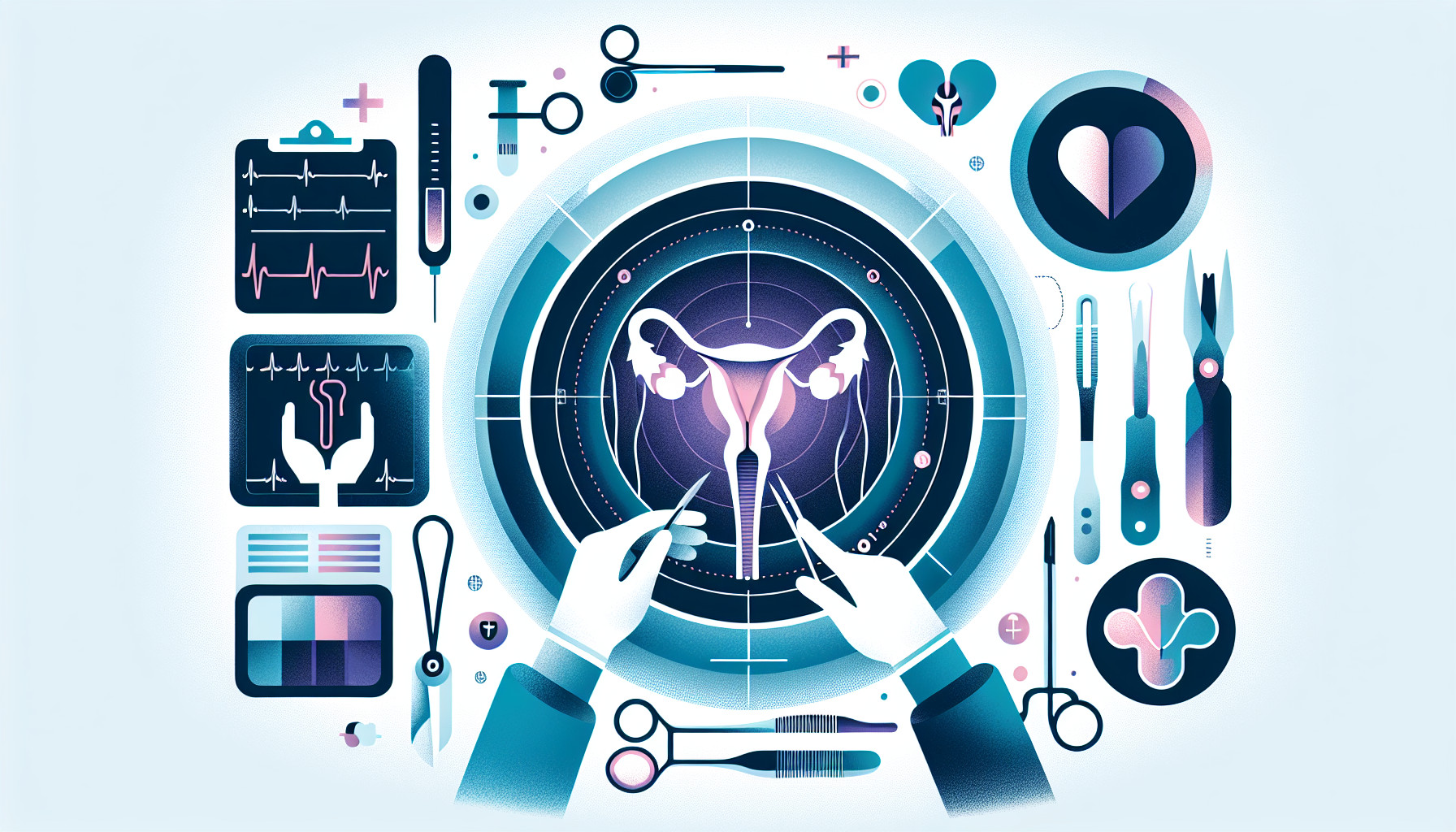Our Summary
Robotic technology is proving to be a promising tool in performing male infertility surgeries. It helps by reducing or even eliminating hand tremors during surgery, providing 3D visualization, and reducing the need for highly skilled surgical assistance. This paper reviews the use of robotic surgery in four main male infertility procedures: vasectomy reversal, varicocelectomy (removal of enlarged veins in the scrotum), testicular sperm extraction, and spermatic cord denervation (a treatment for testicular pain). However, the data on the outcomes of these procedures is limited. Before robotic surgery becomes more common, more clinical trials are needed to compare the results and costs with those of traditional surgical techniques.
FAQs
- What are the advantages of using the robotic platform for male infertility surgery?
- What are the four primary male infertility procedures that can benefit from robotic surgery?
- Are there sufficient outcomes data and clinical trials to support the wide adoption of the robotic approach in male infertility surgeries?
Doctor’s Tip
A helpful tip a doctor might tell a patient about varicocele surgery is to follow post-operative care instructions carefully, including resting and avoiding strenuous activities for the recommended amount of time. This will help ensure a successful recovery and optimal outcomes from the surgery.
Suitable For
Patients who are typically recommended varicocele surgery are those who have been diagnosed with a varicocele, which is a condition where the veins in the scrotum become enlarged and swollen. Varicocele surgery may be recommended for patients who are experiencing symptoms such as pain, discomfort, or infertility. In cases of male infertility, varicocele surgery may be recommended if the varicocele is believed to be contributing to a decrease in sperm quality or quantity. Additionally, varicocele surgery may be recommended for patients who have not been successful with other fertility treatments or interventions.
Timeline
- Before varicocele surgery:
- Patient may experience symptoms such as pain, swelling, or discomfort in the scrotum.
- Patient undergoes a physical exam and possibly imaging tests to diagnose the varicocele.
- Treatment options, including surgery, are discussed with the patient.
- Pre-operative preparations are made, including fasting before surgery and arranging for transportation to and from the hospital.
- After varicocele surgery:
- Patient undergoes the surgical procedure, which may be performed using traditional open surgery or minimally invasive techniques such as laparoscopic or robotic surgery.
- Patient is monitored in the recovery room and may be discharged home the same day or after a short hospital stay.
- Post-operative instructions are given, including care of the incision site and restrictions on physical activity.
- Follow-up appointments are scheduled to monitor healing and assess any changes in symptoms.
- Patient may experience some discomfort or swelling in the days following surgery, but this typically improves over time.
- Long-term outcomes, such as improvement in fertility or resolution of symptoms, may be assessed in the months following surgery.
What to Ask Your Doctor
Some questions a patient should ask their doctor about varicocele surgery include:
- What are the potential risks and complications associated with varicocele surgery?
- What is the success rate of varicocele surgery in improving fertility?
- How long is the recovery period after varicocele surgery?
- Will I need to undergo any additional tests or procedures before the surgery?
- Are there any lifestyle changes or precautions I should take after the surgery?
- What is the likelihood of the varicocele returning after surgery?
- Are there any alternative treatments or procedures for varicocele that I should consider?
- How experienced are you in performing varicocele surgery, and what is your success rate?
- What type of anesthesia will be used during the surgery?
- How soon after the surgery can I expect to see improvements in my fertility?
Reference
Authors: Darves-Bornoz A, Panken E, Brannigan RE, Halpern JA. Journal: Urol Clin North Am. 2021 Feb;48(1):127-135. doi: 10.1016/j.ucl.2020.09.009. Epub 2020 Nov 5. PMID: 33218587
